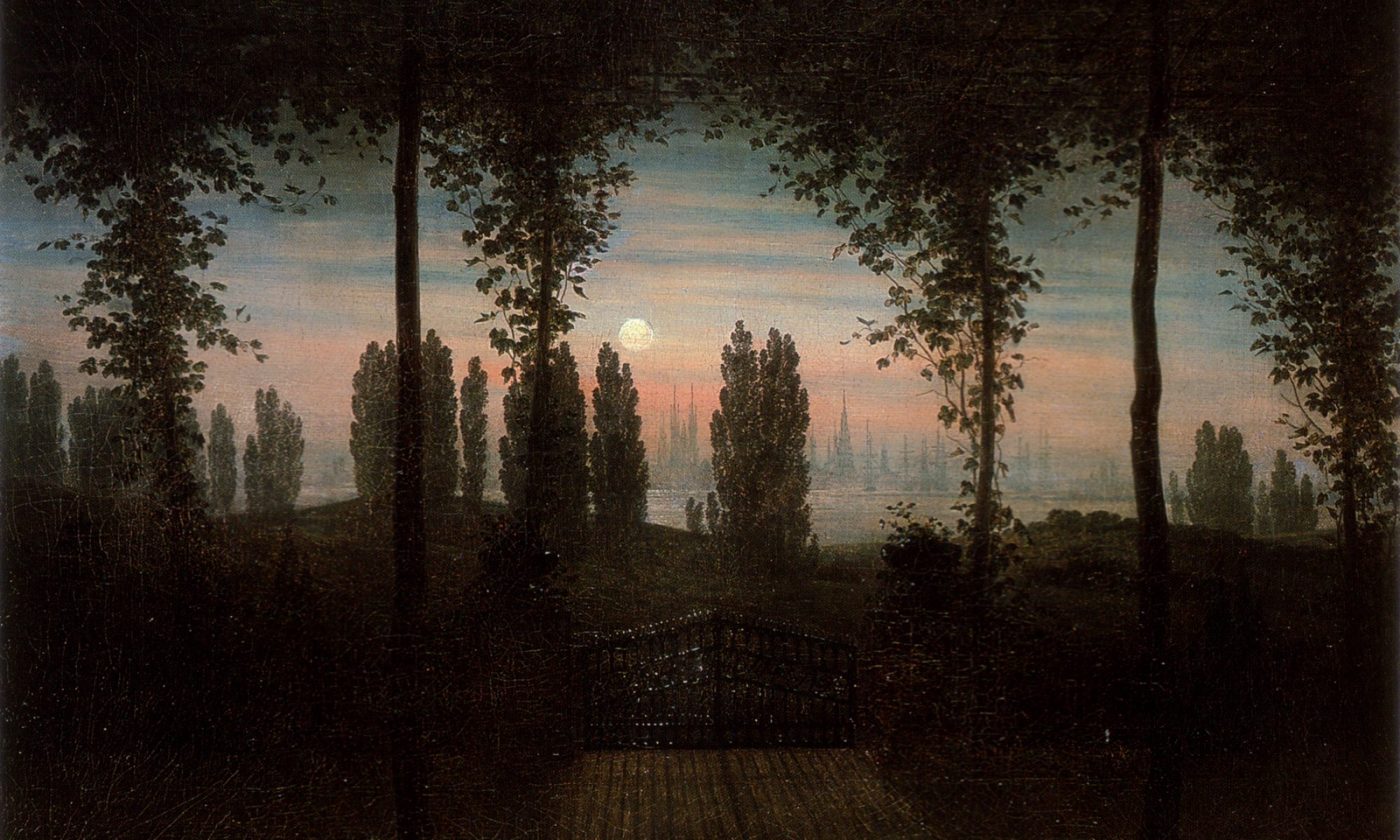Where did romantic love happen? Where is it preserved? This pan-European collection of objects invites you to explore some of the ways in which romantic love was rooted in materiality.
The emergence of the new concept of romantic love at the end of the eighteenth century was shaped by inherited cultural codes and public discourses. It drew on ideas of love from Plato and Dante to Spinoza, and on exemplary love stories from Abelard and Héloïse to Werther and Lotte. Romantic love was not only newly conceptualized. It was promoted, practiced, and emancipated from social institutions and legal traditions, gaining new visibility, destabilizing conventional societal structures and redefining private and public spaces. Although this collection explores maternal and conjugal love, it is principally concerned with romantic love that strays beyond the conventional: exiled love, extramarital love, love between women, love across social and generational gaps. Because of its unconventionality, romantic love often had a performative character; as a political statement in need of an audience to manifest itself fully, love demands to be heard.
Several objects in this collection serve as celebrations or commemorations of love. Both a portrait of Mary Wollstonecraft and the monument to Heloise and Abelard follow conventional traditions for public celebration, but the diary entry written by Anne Lister or the box handmade by Goethe celebrates love as a private transaction. These, and others such as the portrait of Bettina Brentano or the plaster cast of the Brownings’ hands, are often animated by a female voice articulating women’s rights to love freely. Many remind us of the ways in which Romantic Europe was tied together by personal histories and transnational networks: the itinerary of Goethe’s box tells a story of a private love maintained at distance; the journey of Chopin’s heart to Warsaw, with the rest of his body remaining in Paris, tells a story of exile and homemaking within transnational artistic communities. While these objects wandered Europe, Paris served as a pivotal place for Romantic love: site of the French Revolution which sowed the seeds for a radically new notion of the modern individual and hence also of modern love, the frame for Wollstonecraft’s love affair with Gilbert Imlay, the city which turned a corner of the Père Lachaise into a tourist cult for lovers and which enabled love-making in the Temple of the Sibylle in the romantic garden of Buttes Chaumont.
We encourage you to find your own connections to and between these Romantic objects that speak of romantic/Romantic love as an ongoing, lived experience that can still reach into our own intimate lives.
For more objects associated with Romanticism and love, see: The Hellespont; Petrarch’s Inkstand; Teresa Guiccioli’s Travelling Chest; The engagement ring given by John Keats to Fanny Brawne; Byron’s hair
The Where Love Happens at the University of Copenhagen is supported by the Velux Foundation. Learn more about Where Love Happens here.










